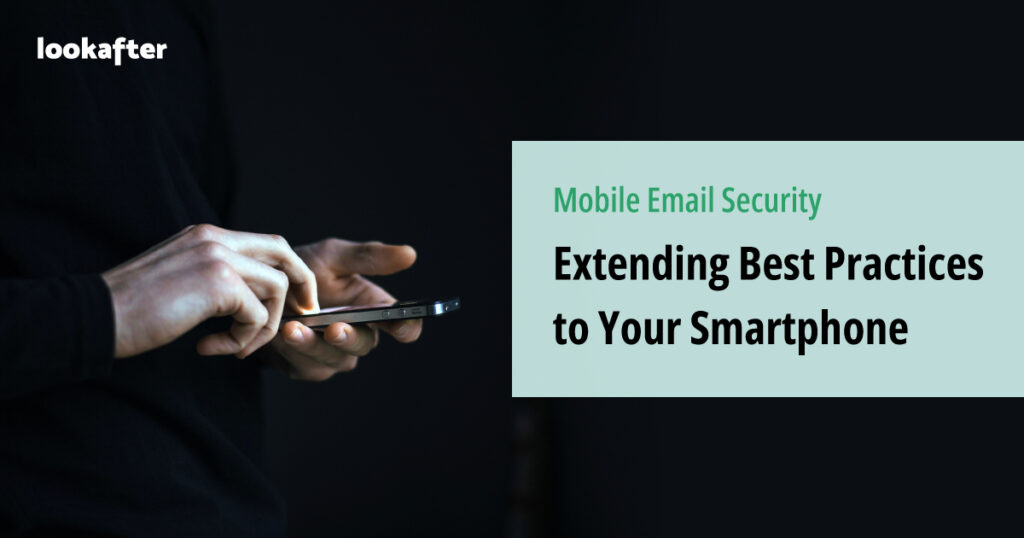Home > Empowering Tips > Mobile Email Security Best Practices

Mobile email security is crucial in today’s interconnected world, as smartphones have become a primary communication and productivity tool for many individuals and businesses. Extending best practices to your smartphone is essential to protect sensitive information and prevent data breaches.
Here are some best practices to enhance mobile email security on your smartphone:
1. Use Strong Authentication
Enable biometric authentication (such as fingerprint or facial recognition) or a strong PIN/password to unlock your smartphone. This provides an additional layer of security in case your device is lost or stolen.
2. Secure Your Device
Keep your smartphone’s operating system and apps up to date with the latest security patches and updates. Regularly check for and apply software updates.
3. Use Secure Email App
Choose a reputable and secure email app for your smartphone. Popular email apps often have robust security features and regular updates. Ensure that the app you use supports encryption (SSL/TLS/STARTTLS) for both incoming and outgoing emails.
4. Beware of Phishing Emails
Be cautious of suspicious emails and phishing attempts. Never click on links or download attachments from unknown or untrusted sources. Verify the sender’s authenticity before taking any action.
5. Regularly Back Up Your Data
Ensure your smartphone is set to automatically back up your data. This way, you can recover your email and other important information if your device is compromised.
6. Avoid Public Wi-Fi for Sensitive Activities
Public Wi-Fi networks can be insecure, making it easier for attackers to intercept data. Avoid using public Wi-Fi for sensitive email communications, and consider using a VPN (Virtual Private Network) for added security when accessing email on the go.
7. Enable App Permissions Carefully
Review and restrict app permissions to ensure that apps have access only to the information they need. Be cautious about granting apps access to your email accounts unless it’s necessary.
8. Educate Yourself and Your Team
If you’re part of an organization, ensure that both you and your colleagues are educated on mobile email security best practices. Regular training and awareness programs can help prevent security breaches.
By following these best practices, you can significantly enhance the security of your mobile email communications and reduce the risk of unauthourized access or data breaches on your smartphone. Remember that mobile security is an ongoing effort, and staying vigilant is key to maintaining the integrity of your email and personal data.